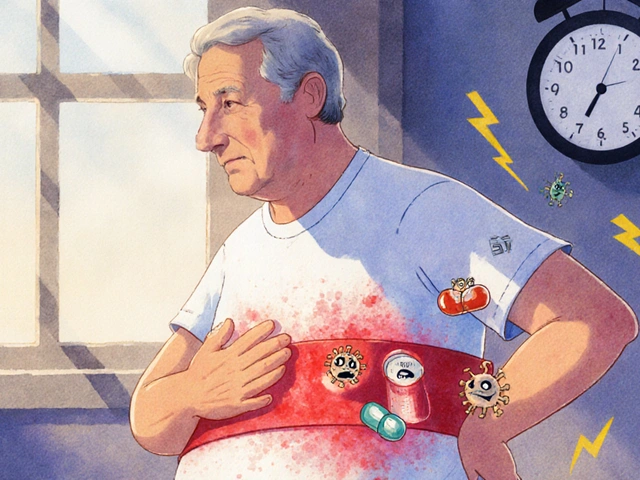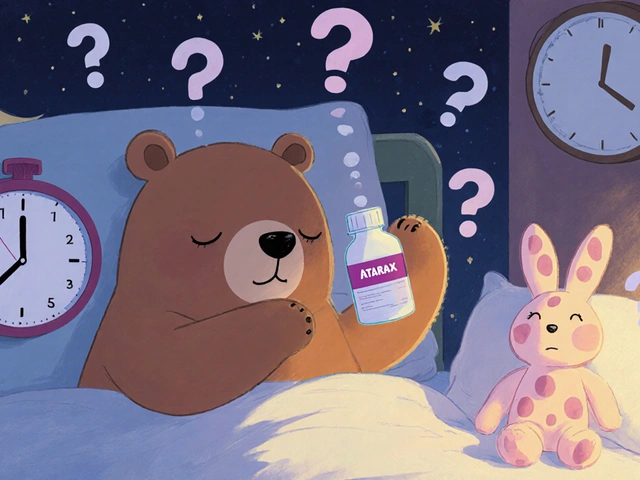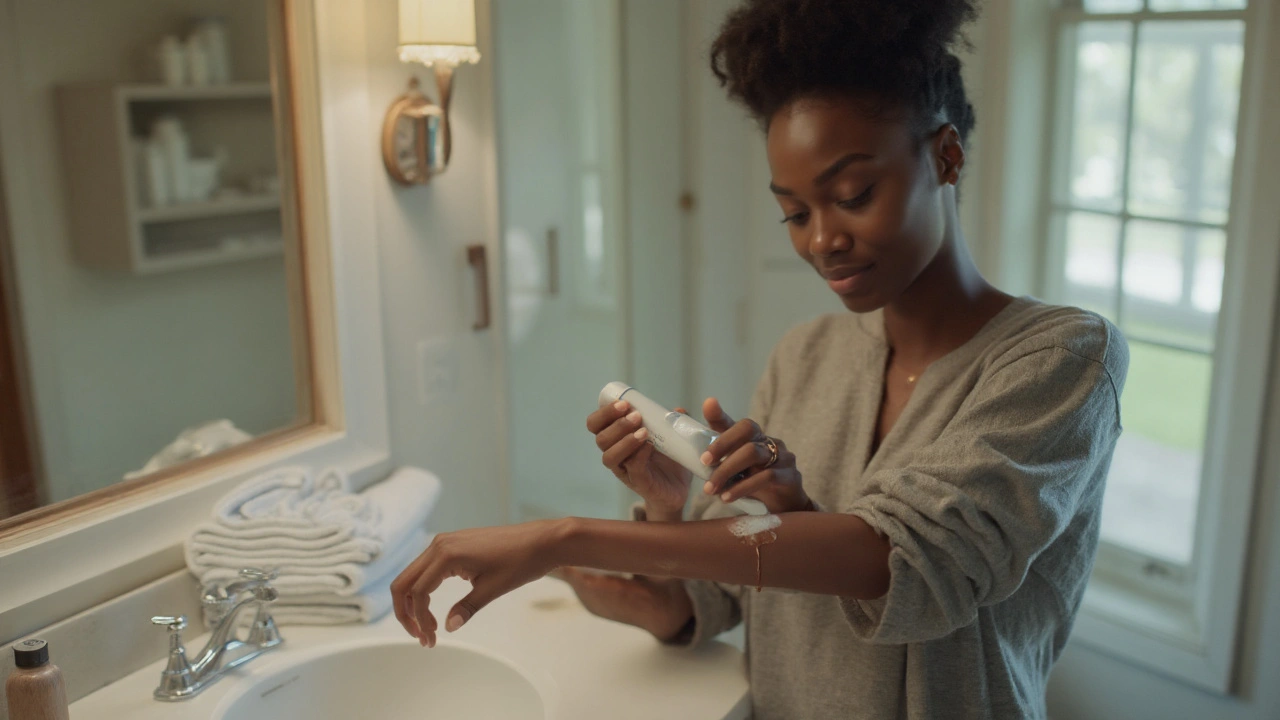Antifungal Cream: What It Is and When You Need It
If you’ve ever had an itchy red patch on your foot, arm, or groin, you probably dealt with a fungal infection. The quickest way to clear it up is a good antifungal cream. These creams kill the fungus on the skin, stop it from spreading, and help the skin heal.
Most people reach for an antifungal cream the first time they notice a rash because it’s easy to buy, cheap, and works fast. But not every cream is the same, and using it the wrong way can waste time or cause irritation.
How Antifungal Creams Work
Antifungal creams contain chemicals that attack the fungus’s cell wall or its ability to grow. Common ingredients you’ll see on the label are clotrimazole, miconazole, terbinafine, and ketoconazole. Each one attacks a slightly different type of fungus, so the label will tell you if it’s for athlete’s foot, jock itch, or ringworm.
When you apply the cream, the active ingredient spreads over the skin and penetrates the outer layer. It stops the fungus from making new cells, which eventually kills it. Most creams need a few days of use even after the rash looks better, because the fungus can hide in deeper skin layers.
How to Use Antifungal Cream Correctly
First, clean the affected area with mild soap and water. Pat it dry – moisture makes fungus thrive. Then, apply a thin layer of cream to the rash and a small margin of healthy skin around it. Rub it in gently; you don’t need a thick coat.
Follow the schedule on the package. Typical directions are twice a day for two weeks. Even if the itching stops after three days, keep applying until the full course finishes. Skipping doses or stopping early lets the fungus survive and come back.
If the skin is very sweaty or you’re prone to moisture, re‑apply the cream after showering or after you’ve been active. For areas like the groin, you can use a powder after the cream dries to keep the spot dry.
Watch for side effects. Most people tolerate these creams well, but a few may get mild burning, redness, or swelling. If the irritation gets worse after a day or two, stop using it and talk to a pharmacist or doctor.
When you buy an over‑the‑counter product, check the expiration date and look for a reputable brand. If you have a large rash, a diaper‑area infection, or if the cream doesn’t improve the rash after a week, get professional advice. Sometimes oral medication is needed for stubborn infections.
Remember, antifungal creams are for skin only. If the infection is under the nail or in the scalp, you’ll need a different treatment. Those cases often require prescription strength or a longer course.
In short, pick a cream that matches your rash, clean and dry the area, apply a thin layer twice daily, and finish the full treatment. With those steps, most fungal infections disappear without a hitch.






